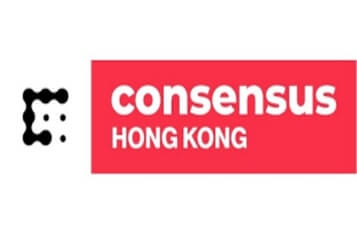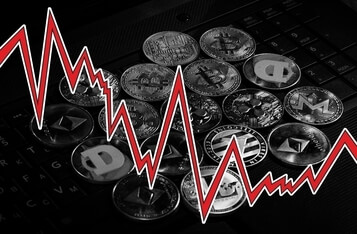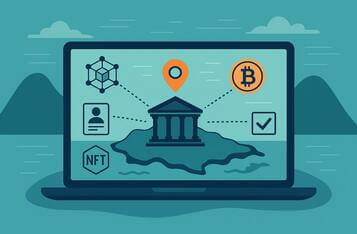Understanding Tokens and the Vision Behind Mocaverse
Tokens have emerged as a crucial element in the digital economy, offering a new means of ownership and value. According to Animoca Brands, tokens are not just efficient fundraising tools or utility constructs for virtual environments; they represent a novel way to own a piece of a network's value.
Understanding Network Effects
The concept of network effects, where the value of a product or service increases with the number of users, is central to understanding tokens. This principle has driven the success of tech giants and luxury brands alike. Metcalfe's Law, which states that a network's value is proportional to the square of its connected users, is often applied to estimate the potential of Web3 networks.
However, Animoca Brands suggests that Reed's Law, which posits that the utility of large networks scales exponentially through sub-groups, might be more applicable to Web3. Tokens, by granting ownership of network effects, enable faster and more significant value generation than traditional equity instruments.
Not All Networks Are Created Equal
It's important to note that the value of a network is not solely determined by its size. For instance, Hong Kong, with a population of 7.5 million and a GDP of $407 billion, has a more valuable network than North Korea, despite the latter having a larger population. This discrepancy highlights the importance of the value of individual nodes within a network.
In Web3, networks with higher potential attract more investment, builders, and activity. Therefore, aiming for a valuable network with strong network effects is crucial for success.
Growing and Measuring Network Effects
Various methods can enhance network effects, including broad user access, high numbers of builders and investors, and significant transaction volumes. One popular metric is Total Value Locked (TVL), which measures the total value of assets staked in a network, attracting further investment and activity.
Stickiness, or user retention, is vital for Web3 networks, which are inherently open and permissionless. Unlike Web2, where network effects are monopolized by platforms, Web3 allows users to own and transfer their network effects, making retention a critical focus.
Cultural Capital and NFTs
Pierre Bourdieu's theory of cultural capital, which includes intangible resources like knowledge and skills, is relevant to NFTs. These unique tokens reflect personal identity and cultural capital, creating deeper and more loyal network effects than fungible tokens. This phenomenon is evident in projects like Pudgy Penguins, Bored Ape Yacht Club, and Animoca Brands' Mocaverse.
Investments and the Mocaverse
Investment levels are a key measure of a network's potential, similar to infrastructure investments in a nation. Animoca Brands, a significant Web3 investor with over 450 portfolio companies, aims to grow its network's economic and cultural network effects through the Mocaverse.
The Mocaverse is an interoperable infrastructure stack designed to enhance network effects across various cultural economies, including gaming, music, sports, and NFTs. It integrates these sectors into a cohesive ecosystem, where success in one area benefits the entire network.
Central to Mocaverse is the Moca ID, an omnichain identity reputation layer that bridges network effects across ecosystems. This system rewards and incentivizes cultural capital creation, fostering loyalty and engagement within the network.
By building in the Mocaverse, users can benefit from Animoca Brands' ecosystem, emphasizing loyalty and engagement. The goal is to create a symbiotic relationship that delivers value to the network and rewards participants, aligning with Web3's ethos.
For more detailed insights, visit the original source at Animoca Brands.








